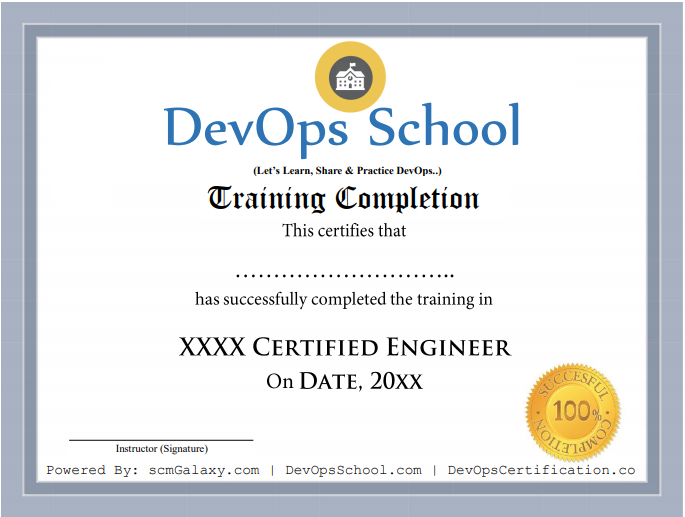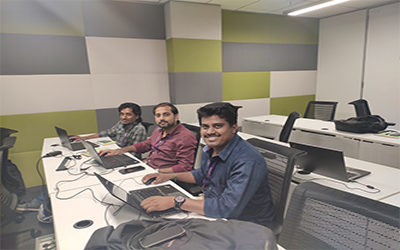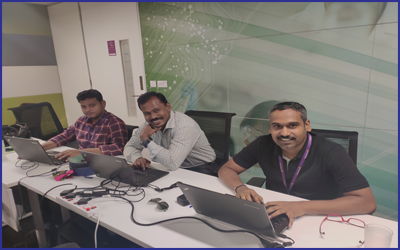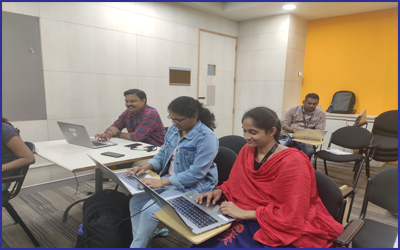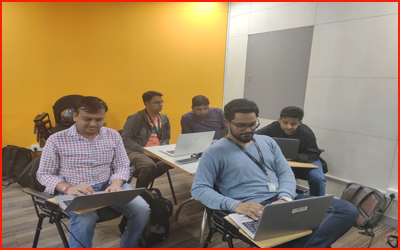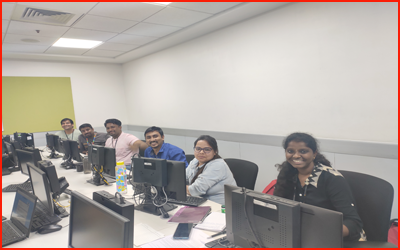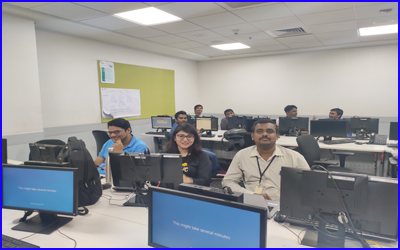DevSecOps Certified Professional Online Training
Course Duration
72 hours
Live Project
01
Certification
Industry recognized
Training Format
8000+
Certified Learners
15+
Years Avg. faculty experience
40+
Happy Clients
4.5/5.0
Average class rating
ABOUT DEVSECOPS CERTIFIED PROFESSIONAL ONLINE TRAINING
These days, every company in the software industry have started pushing code faster and more frequently than ever. Which is raising the rates of vulnerabilities in our systems and products day by day too. Thanks to DevOps which makes it possible to do more with less efforts but we must integrate security into our process as soon as we can to avoid the vulnerabilities.
DevSecOps Certified Professional is especially curated to educate the approach of integrating security into the practices and emphasizes the professional use of security discipline as the principal means of safeguard to the organization and customer.
This certification course will cover a wide range of topics that include how DevSecOps provides the business value and the ability it has to enable the business and support an organizational transformation with the ultimate goal of increasing productivity, reducing risk, and optimizing cost in the organization.
After attending our "DevSecOps Certified Professional" program you will have a good understanding and practical knowledge of tools, techniques, technologies which are related to DevSecOps, and you would be able to implement DevSecOps pipeline, culture for your project or product independently.


